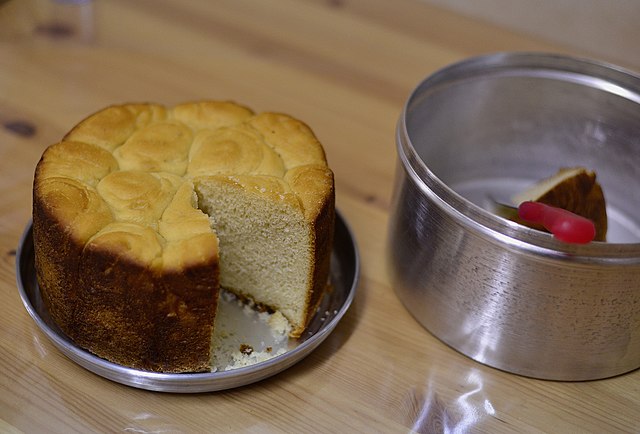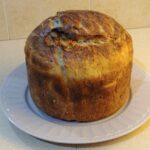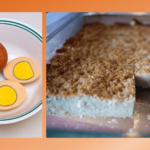The Yemenite Jewish community is a very old one, and many of their foods are largely unique among Jewish cuisine. Among the many special Yemenite Jewish foods, perhaps their most distinctive are their baked goods. But due to the only passing familiarity that many Jews have with this community, a number of similar pastries and breads are often confused for each other. In this post, I want to briefly highlight four special baked goods that are among the cornerstones of Yemenite Jewish food.
But first, a drop of history. Jews have lived on the Arabian peninsula for thousands of years, long predating the advent of Islam there. In fact, the southern part of the peninsula, where Yemen now sits, once had a Jewish king during the 6th century. The Jewish way of life in Yemen was largely rural and their cuisine often reflected the simplicity of their lives. However, like Jews around the world, they would reserve their best foods for Shabbat, and a few of the pastries I list below were either reserved for that day, or were made in a more special version for Sabbath.
Jachnun
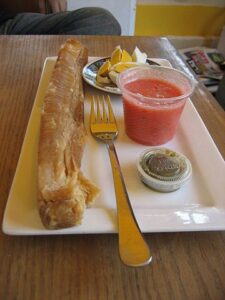
Jachnun is connected with the Jews of Aden, the southern port city region of Yemen that was, at certain points, under different rule than the other Yemenite Jews. Under the British, their standard of living was somewhat higher, and perhaps this accounts for the richness of the buttered dough (using samneh, a special clarified butter) that is used for jachnun. The relative newness of jachnun is also underscored by the grated tomato accompaniment; tomato did not even exist in the Middle East until the early 1800s. Jachnun also takes around three days to prepare, showing the honor provided for a food that is special for the Sabbath.
Malawach
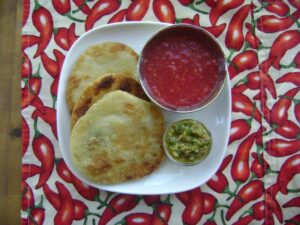
My favorite way to eat malawach is as a fatoot. This Yemenite dish (not unique to the Jews) is a way of using up leftover bread, though one can use fresh as well. The cooked malawach is shredded or sliced into pieces and mixed with beaten egg, then fried up together. You can add vegetables such as onion or tomato, or even cheese if you like. Essentially, I see it as a malawach take on matzoh brei!
Lahuh
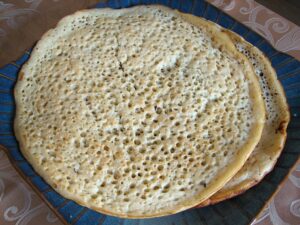
One of the better known places to eat lahuh in Israel is at a well-known tourist destination eatery in the northern city of Tzefat. There it is made fresh and served up with grated cheeses and vegetables sprinkled on top.
Kubaneh
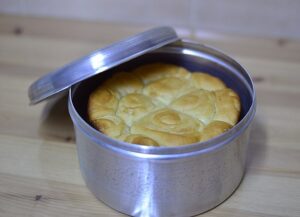
One of the interesting things about kubaneh is that is might be made either for weekdays or shabbat, but when it is the latter, it is of a higher quality. During the week, a common grain such as sorghum might be used, but for Shabbat, white wheat flour would be sought out. This is similar to what Ashkenazi Jews did in Europe. They ate dark rye or wheat breads during the week, but preferred white flour for their Sabbath challah.
Whichever of these baked goods one looks at, the interesting thing is that they were all largely eaten by Jews in Yemen and not by other Yemenis. There is no obvious reason for this, as many other foods are eaten by both communities. But perhaps the different social, economic, business, and religious elements of Yemenite Jewry led to their featuring a few special dishes within their community alone. I’ve tried to highlight a few of those possible reasons.
Please Share This With Someone Else Who’d Appreciate It

